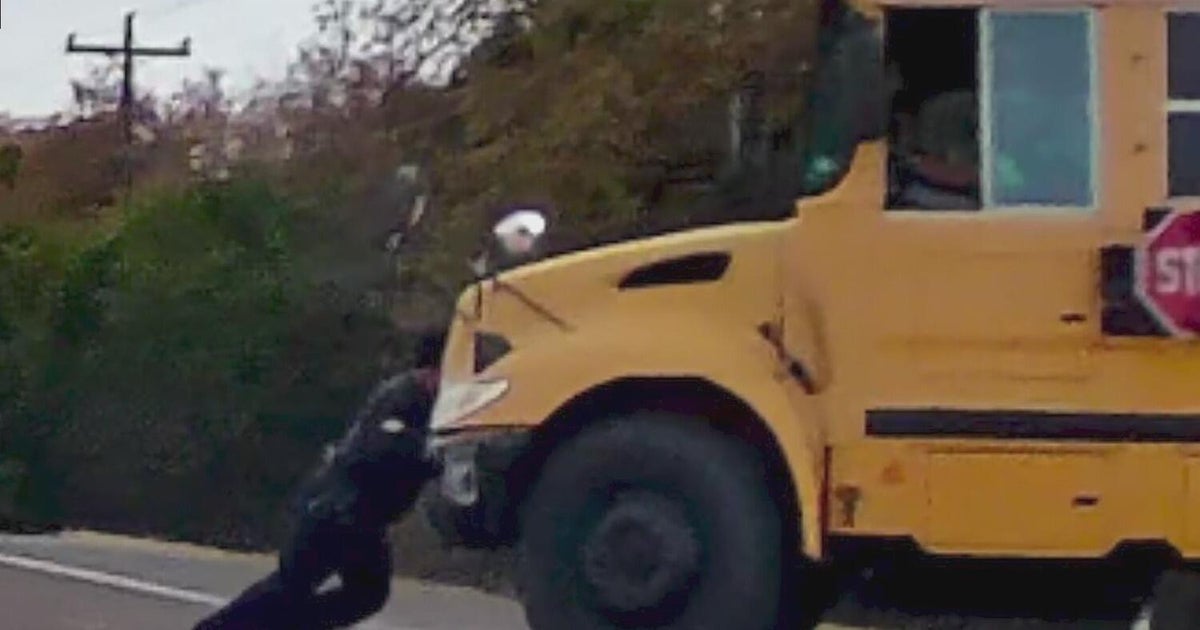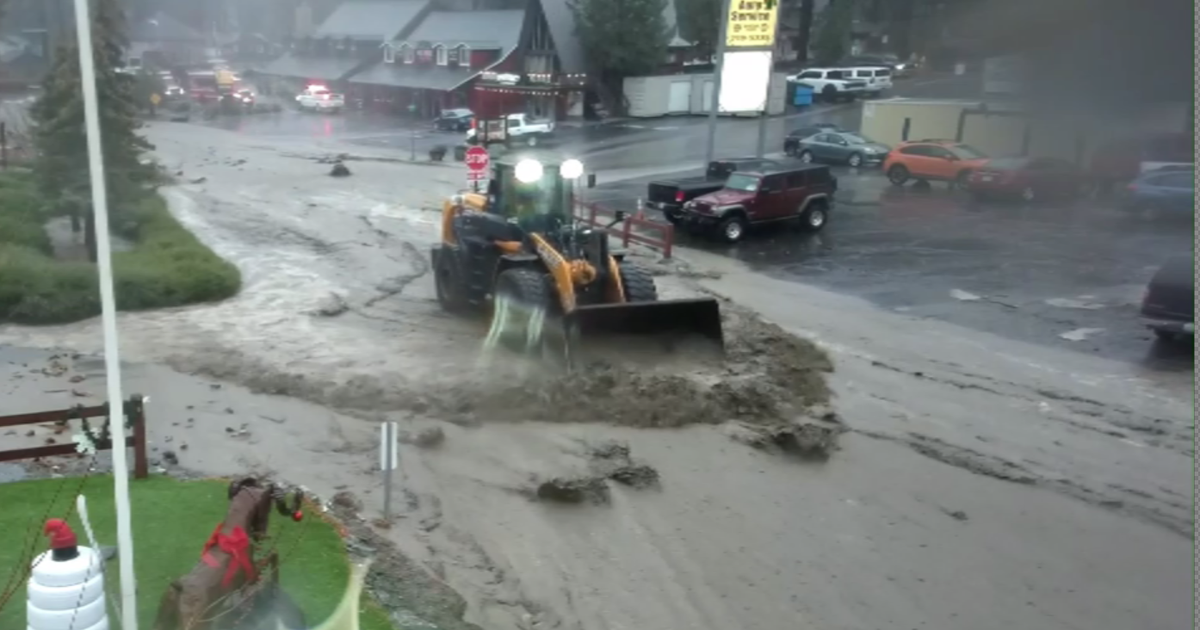Ida In NYC: Trains Coming Back Online After Flood Waters Fill Subways And Buses
NEW YORK (CBSNewYork) -- Ida wreaked havoc during Thursday morning's commute.
Local and regional transit grinded to a halt as flood waters came pouring in.
As CBS2's Aundrea Cline-Thomas reported, a cascade of water poured into the 28th Street station Wednesday evening. It was one of nearly 50 flooded during the storm, forcing at least six evacuations of subways stuck between stations.
As for the buses, dozens were blocked or stuck as the rain pounded the region. On Staten Island, firefighters had to help riders and the driver get to higher ground.
The heroic actions of an MTA bus driver who navigated the flood waters during the height of the storm were recognized by Gov. Kathy Hochul on Thursday.
"The water was in the bus. People were literally standing on their seats to make sure that they did not drown inside a bus," Hochul said.
"I don't even see the water in my bus. I don't even see people was on their seat. My only thing, I just think, 'I'm going to go through this water. I'm going to take my bus and get to the other side,'" bus driver Rosa Amonte said.
Amonte said she just really wanted to get everyone to safety.
Video taken by a passenger shows how high the water was and the passengers standing on their seats.
Amonte says she represented all MTA drivers in that moment.
WATCH: MTA Acting Chairman Janno Lieber Shares Latest On Subway Flooding
While some managed to navigate the floodwaters, the rain forced the transit system to practically come to a screeching halt.
"What is a constant is our first responders. I want to thank the men and women of the FDNY, the EMS, NYPD, Environmental Protection, all the agencies that were out in force last night," Mayor Bill de Blasio said.
IDA'S IMPACT:
- LIRR Gets Back On Track, Major Outages Remain On Metro-North, NJ TRANSIT
- 70-Year-Old Man Dies After Being Swept Away By Flood Waters In Passaic, N.J.
- Drivers Caught In Fast-Moving Flooding On Long Island Expressway
- Mother And Son, 2-Year-Old Boy Among Several People Killed In Queens
- Complete Coverage
As the floodwaters receded early Thursday morning, transit crews assessed the damage. Train service was stalled for hours, making for an extra frustrating commute.
"Today is my first day of school, college. I'm supposed to have a very early morning class. But it seems like I may not get that," said commuter Novan Yang.
WATCH: Gov. Kathy Hochul, Mayor Bill de Blasio Discuss Ida's Impact
Crowds instead gathered at bus stops, as drivers opened both doors to let everyone in.
Meanwhile, hundreds of Amtrak passengers at Moynihan Train Hall Thursday morning were not as lucky. They had to spend hours in line to reschedule their trips, after saying Amtrak didn't notify them of the train cancelations until after they arrived.
"I'm upset. They could send an email or text message, or even on the website say we don't know if the trains are going to be cancelled," said Amtrak customer Kattia Ninahuanca.
Afternoon sunshine only illuminated the extent of the problems.
"We need to identify the areas where we have vulnerabilities on our streets where the drainage systems are not functioning properly and they're close to the entrance of a subway, and we need to be able to fix those first," Hochul said.
Crews are continuing to work to bring the entire transit system back on track.
Hochul is requiring an after action report, to see if any of the MTA's problems could've been anticipated.
She specifically raised concerns about why passengers were able to board trains when things were dangerous during the height of the storm.
The New York City subway system started to get rolling again Thursday morning.
Hochul praised MTA workers for braving the storm to assist New Yorkers. She said she spoke with President Joe Biden, who promised to approve "any declaration" to bring federal aid to bear.
She said the storm points to new challenges facing New York City and state.
"What's so fascinating is that the records that were broken in Central Park, for example, 3.15 inches in one hour, it broke a record literally set one week earlier," Hochul said. "That says to me that there are no more cataclysmic, unforeseeable events. We need to foresee these in advance, and be prepared."
Hochul said that, after Sandy, the state had made major investments in resiliency in coastal communities. She said that Ida proved that the threat from major storms has since evolved.
"But where we have a vulnerability is in our streets, with the higher elevations now. With the flash floods, which are unknown before. This is the first time we've had a flash flood event of this proportion in the city of New York and in the outlying areas. We haven't experienced this before, but we should expect it the next time," Hochul said.
CHECK THE LATEST FORECAST AND WEATHER ALERTS
"When the streets get flooded, what happens next? The water rushes down, not just through the highways, but also finds its way to penetrate our subway system. And as a result, what happened yesterday? Trains were shut down. People were stranded. The fear that they must've experienced when this occurred, I cannot imagine. And I don't want this to happen again," Hochul said.
Hochul said she is concerned about building up resiliency in the streets and drainage systems.
PHOTOS: Ida Deluges Tri-State Area With Historic Rainfall
Mass transit systems throughout the Tri-State Area experienced serious disruptions as a result of the storm. Metro-North and LIRR say service is now operating with delays and cancelations.
Stick with CBS2, CBSN New York and CBSNewYork.com for more on the storm and its aftermath.







